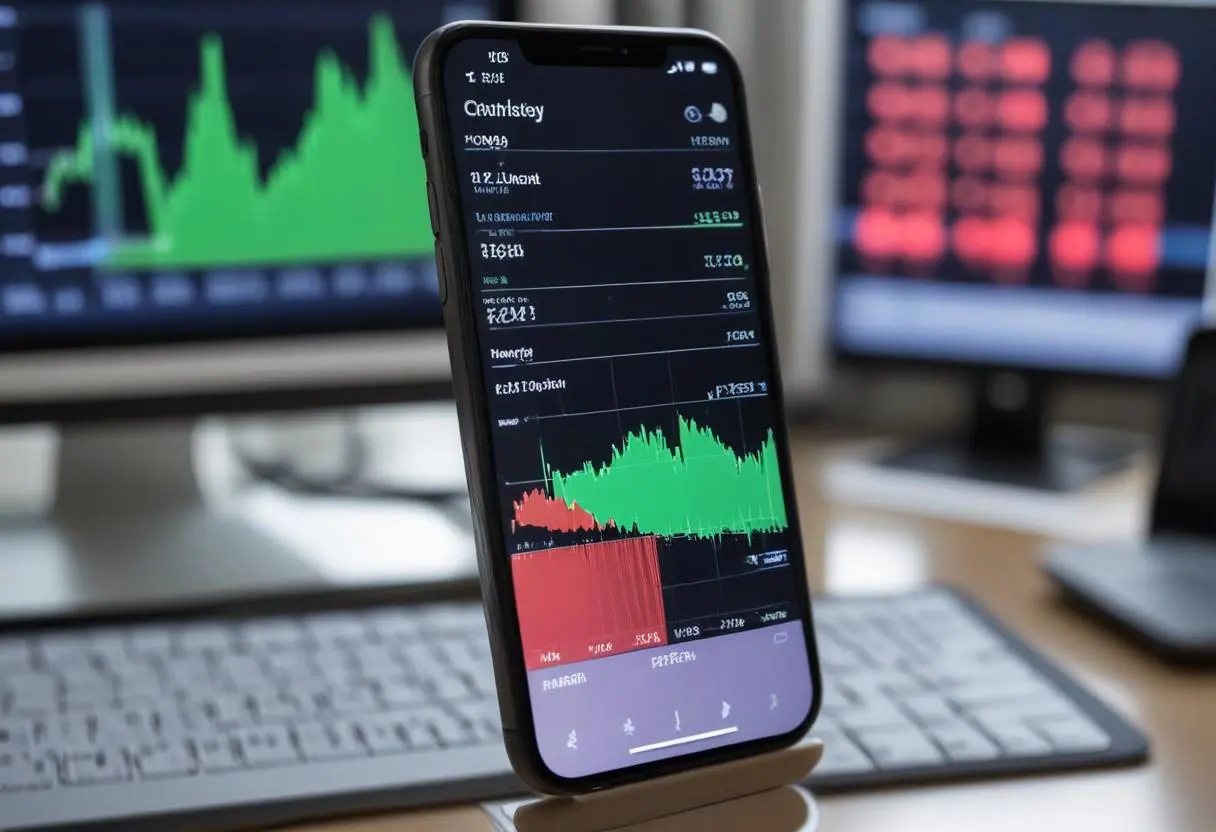What is the U.S. debt ceiling, and how it would affect global markets?
![]() Ujjwal Maheshwari, January 15, 2025
Ujjwal Maheshwari, January 15, 2025
The debt ceiling of the US, or statutory debt limit, refers to a legal framework that regulates the US within the complex global economy. It relates to the legal limit of the US Treasury debt, which it is permitted to borrow to fulfil its present legal commitments. Such liabilities include Social Security and Medicare, armed forces pay, interest on the national debt, rebates, and other expenditures. However, what should happen to this ceiling when it is attained, and how does this affect global markets? This issue is worthy of further discussion due to its potential impact on the global economy.
What is the Debt Ceiling?
The debt ceiling is not for new spending; it is a limit to the amount of borrowing needed for the fulfilment of previous obligations. The US Treasury states that as this limit nears, the government applies ‘other effects of implementing measures’ that enable it to continue to operate within the specified ceiling for a longer period. However, such measures are taken in the short term. When this limit is reached, Congress has to vote to raise it or temporarily remove it, or the government will be unable to meet its obligations. Default is a term that we can rarely link to the largest economy in the world; however, it is an ever-present danger if political stagnation continues.
What is the Controversy about the Debt Ceiling?
The debt ceiling has emerged as an issue of political conflict or part of broader fiscal renegotiation. It’s regrettable to suggest we are not talking about opposite views but positions that are potentially damaging to financial stability. For Example: In August 2011, a debate over the matter of the ceiling was the reason for Standard & Poor’s to downgrade the first-time credit rating of America. Such a decision made the global economy unstable and caused fluctuations in equities, bonds, currencies, and everything else.
The Outcome of Breaching the US Debt Ceiling
The US debt ceiling sets the maximum amount of money that the government can borrow. If the US reaches this limit and cannot borrow further, it might default, implying it is unable to meet its debts. This situation may lead to confusion for both the American economy and the global economy as a whole. But even if the US does not default, spending on everything from the military to Social Security would be reduced.
Economic Impact
If the US hits the debt ceiling, it is expected to lose its good credit rating, which implies high costs of borrowing for corporations and homeowners. Interest rates would increase, and this could be dangerous to consumer sentiments. The drop in confidence could easily usher the economy into a recession both in the US and across the world.
Job Loss and Housing Costs
The economic consequences of a US default could include significant job losses and rising mortgage costs due to higher interest rates. While exact figures are difficult to project, experts agree that borrowing costs for both businesses and individuals would likely increase, further straining the housing market and consumer finances.
Economic Activity and Government Spending
Analysts from Goldman Sachs have warned that a US debt ceiling crisis could significantly disrupt economic activity, potentially reducing GDP growth. While specific estimates such as freezing a tenth of the economy are speculative, the broader economic ramifications, including reduced business investments and consumer spending, are widely accepted. So if the interest rate is increased, it would reduce the amount of money that could otherwise be used for crucial government expenditure in public projects like the construction of roads, bridges, schools, colleges, hospitals, etc.
Long-term Harm
Janet Yellen, the US Treasury Secretary, reveals that not fulfilling its obligations is detrimental and would irreparably harm the American economy, citizens, and everyone else around the world. The implications if this basic fiscal rule is violated are severe and could lead to a global financial crisis.
Currency Market Fluctuations
The US dollar is the world’s reserve currency, and any fluctuation can result in significant impacts on currency exchange. A default could bring about concern over the dollar. It will lead to the depreciation of the dollar in other foreign exchange markets. This shift would affect international business because most business contracts are carried out in dollars. It will lead to significant shocks affecting business dealings in international trade. However, challenges may occur, especially with emerging economies, as a weaker dollar may cause capital flight and currency risk.
Effects on Emerging Markets
Source countries are critical to international credit and may have large portions of their portfolios invested in US debt; they are vulnerable to shifts in the international investor climate. A default by the US will attract investors from these emerging markets to seek risk-free assets. It will lead to the depreciation of their currencies and financial turmoil in these economies. Further, rising US Treasury yields, triggered by a debt ceiling crisis, could lead to higher global interest rates. This would reduce the availability of affordable funds for emerging markets, which often rely on foreign investment. Such a scenario might result in currency depreciation and financial instability in these economies, as investors seek safer US-based assets.
Central Bank Responses
The kind of portfolios used by central banks to hedge on foreign exchange, including most US treasuries, would require rebalancing in the event of a US default. Such a state could lead to changes or diversification in commodities and bases that may reduce dollar-denominated demand. Moreover, it is also perhaps switching to other bases, such as other currencies or consumables, such as gold. This change might alter global monetary relationships and trade balance of payments, foreign exchange, and international relations.
Debt Ceiling During Obama Presidency
The same situation exists with debt ceilings, which President Barack Obama also confronted. For instance, Republicans who were in a debt ceiling crisis in 2011 were willing to raise the ceiling if Democrats committed to a deficit cut. In 2013, there was an attempted use of the debt ceiling to defund the ACA. The course led to a 16-day government shutdown. The debt limit was on occasion suspended after one day the Treasury was nearly out of cash.
Debt Ceiling Under Trump
During Trump’s presidency, the debt ceiling was suspended or raised multiple times. In 2017, the US debt exceeded $20 trillion. The Bipartisan Budget Act of 2018 suspended the debt ceiling, effectively allowing the Treasury to borrow as needed. By March 2019, the national debt had risen to approximately $22 trillion. The debt ceiling was further suspended until July 2021 as part of the budget deal reached in 2019. As a result, in the summer of 2019, Trump sealed the deal to prolong the debt ceiling until 31 July 2021, to be able to increase spending and cover debts. It was again raised to 31.4 trillion US dollars, approved in December 2021.
Conclusion
In our viewpoint, the debt ceiling is not merely a purely American fiscal problem. However, it is one of the pillars of international financial systems. The complexity of international finance suggests that any market event associated with the debt ceiling has potential reverberations in other markets and economies. Hence, actions taken by US policymakers towards overcoming debt ceiling issues could not be at a better time than when it does so to sustain the stabilised global economy and investors’ trust.
What are the Best ASX stocks to invest in right now?
Check our buy/sell tips.
Blog Categories
Get Our Top 5 ASX Stocks for FY25
Recent Posts
There’s Gold in Them Hills: Why Some ASX Gold Miners May Still Be Undervalued
Why Some ASX Gold Miners May Still Be Undervalued “Gold is money. Everything else is credit.” – J.P. Morgan…
So your stock will release shares in escrow? What’s going to happen to the share price?
Just what are shares in escrow? And what happens when they are released? Essentially, escrow arrangements ensure that existing investors who…
What is the best trading platform for ASX stocks in 2024?
If you want to trade stocks on ASX, what’s the best trading platform for ASX shares? Unfortunately, there is no…



